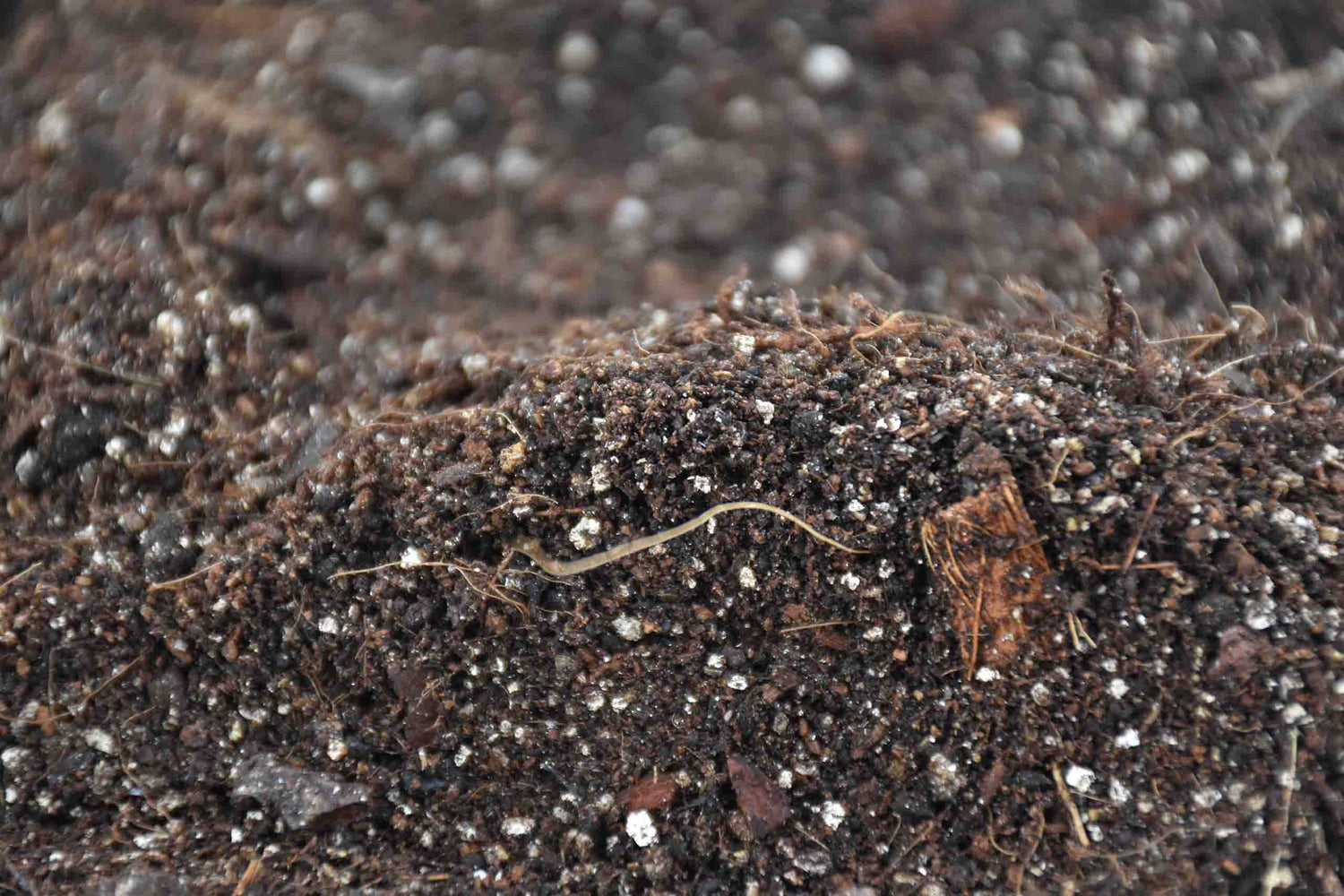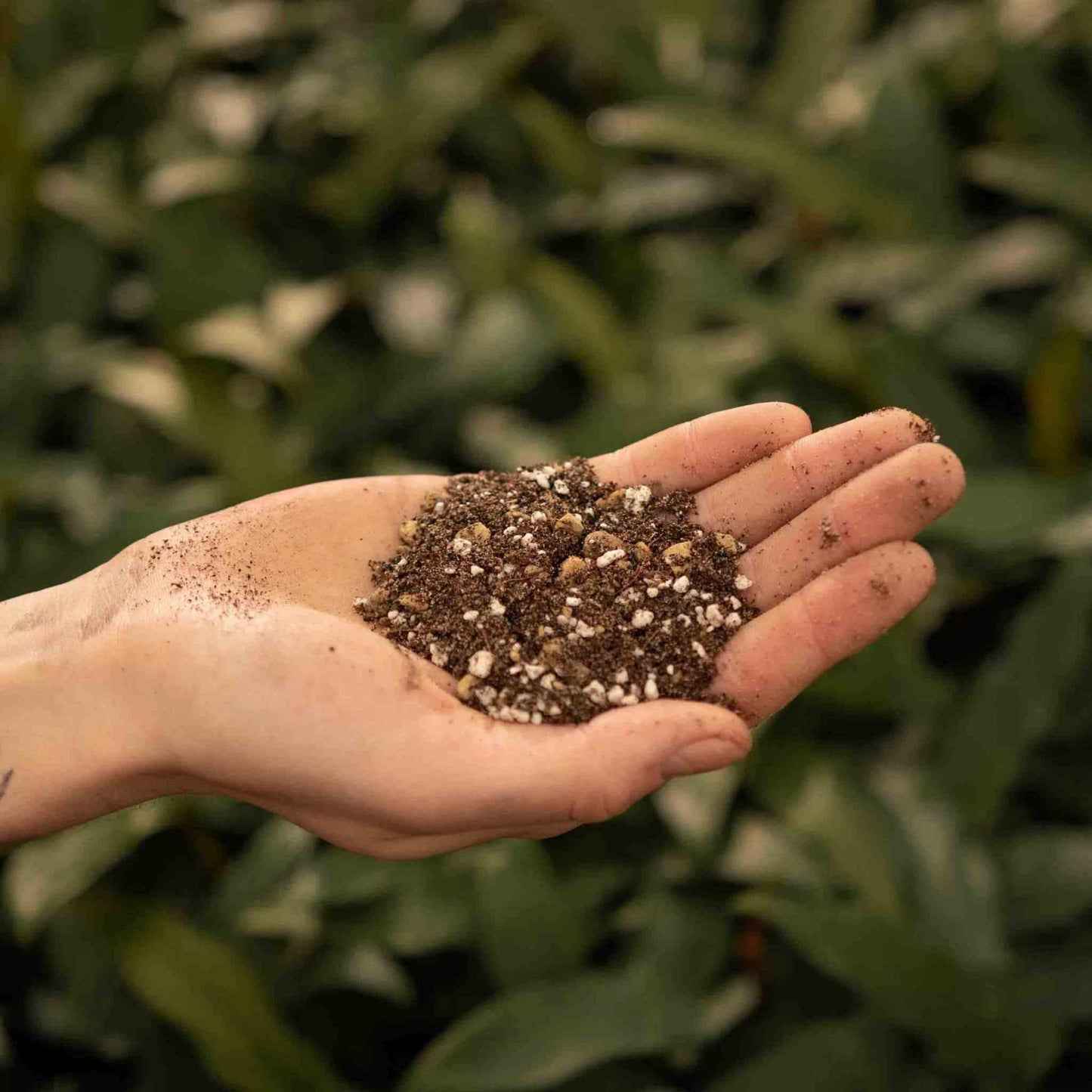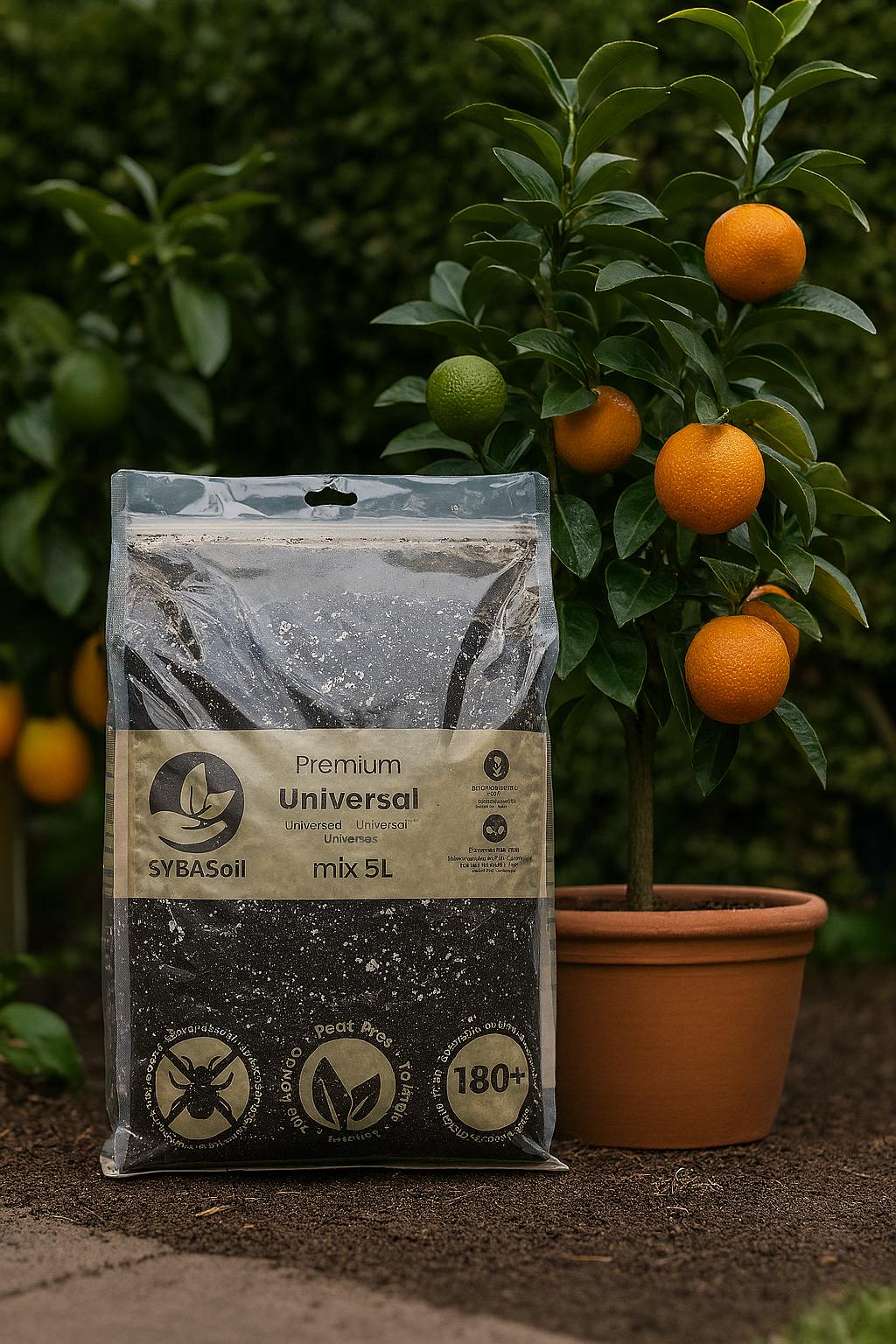
SYBASoil: Premium Soil Mixes
Soil Mixes That Truly Understand Your Plants Not all soil mixes are...

Soil Mixes That Truly Understand Your Plants Not all soil mixes are...

🌵 The Perfect Aloe Vera Soil for Healthy Growth & Happy Plants













Same-day shipping! (On weekdays before 16:30)

~180 days of organic nutrients

Fair Production - Produced in-house in social workplace

Trusted by 75.000+ Plant Lovers

*From a survey answered by 1182 Customers using SYBASoil 30+ days.
Report no soil-based pests like Fungus Gnats or Root Aphids since using SYBASoil.
See stronger root & leaf growth within weeks.
Say watering their plants becomes noticably easier.
We guarantee a 100% satisfaction! Our mission is to help you get happy plants.
If for some reason we fail to do this, just contact us via info@sybotanica.com or return your items hassle-free within 30 days.
Not convinced? Check out our Trustpilot reviews
The nutrients in SYBASoil will run out in ~6 months on average.
We will advice you on the right fertiliser after doing our plant scan.
We recommend repotting once any of these things happen:
94.2% of customers report visibly stronger roots& leaf growth within a few weeks.
You will also notice that watering becomes a lot easier due to having the right soil structure.
It becomes too compact over time, leading to a state where it no longer absorbs water.
That's why we opt for coconut fiber and worm castings, keeping your potting soil delightfully airy and usable for much longer. Much more environmentally friendly in its use & less CO2!

Your Aloe Veras deserve the same love
100% Satisfaction guarantee or money back
Aloe Vera is one of the most forgiving and functional houseplants out there — but even this hardy succulent has very specific needs when it comes to soil. The biggest mistake growers make? Planting aloe in dense, water-retentive soil that causes root rot. Our Cacti & Succulent Mix is custom-formulated to support desert plants like aloe by combining fast drainage, airy structure, and targeted nutrition.
To pot or repot your Aloe Vera, choose a container with generous drainage holes. Fill the bottom third with our Cacti & Succulent Mix. Carefully remove your aloe from its previous pot, shake off any excess soil, and inspect the roots for rot or damage. Place the plant so that its base (where the leaves meet the root) is slightly above the final soil level. Fill in around the roots with more mix, then press lightly — but don’t compact it too much. Water thoroughly once, and then allow the soil to dry out completely before watering again.
Whether you’re planting a single stem in a minimalist pot or grouping multiple pups in a large container, this mix creates the dry, breathable base this plant needs to thrive indoors or on sunny patios.
Aloe Vera naturally grows in dry, sandy environments with very little organic material. The roots are shallow and prone to rot if they’re kept wet for too long. Our Cacti & Succulent Mix is designed to mimic those natural soil conditions — quick-draining, mineral-rich, and low in nitrogen.
Here’s how each ingredient supports Aloe Vera:
Pumice – A porous volcanic stone that absorbs excess moisture and helps maintain the mix’s light, open texture. It also supports beneficial bacteria in the soil.
Perlite adds air pockets into the mix, creating a light texture that encourages root expansion and oxygen flow.
Horticultural sand – Increases drainage speed and gives the mix a dry, crumbly texture. This helps prevent soggy conditions, especially in high-humidity environments or deep pots.
Coco coir – A lightweight, sustainable fiber that holds minimal water and allows air to circulate around the roots. It also helps anchor the plant without creating excess moisture.
Worm castings – A gentle source of beneficial microbes and trace nutrients. In small amounts, worm castings give aloe just enough of a nutritional kick without pushing it to grow too fast or too soft.
Lava gravel – A core component that adds weight, drainage, and long-term aeration. It prevents soil from compacting and mimics the gritty, rocky terrain aloe is used to in the wild.
Organic nutrients (low nitrogen) – Aloe needs very little feeding. We use a cactus-specific nutrient profile with lower nitrogen and higher potassium and phosphorus to support firm, upright growth and healthy root systems.
Activated carbon supports root health by binding impurities and improving soil microbiology.
Together, these ingredients create the ideal root zone for Aloe Vera — dry, airy, lightly fed, and resistant to overwatering. The result? Thicker leaves, better water retention in the plant, and far less risk of rot or fungal issues.
Aloe Vera is native to the Arabian Peninsula and parts of North Africa, where it grows in arid, rocky landscapes exposed to extreme sun and infrequent rainfall. In the wild, it often spreads in sandy or volcanic soil, tucked between stones or in dry gullies where water drains quickly after rare rains.
These environments are harsh, but aloe has evolved to thrive in them. Its roots reach wide, not deep, and the plant stores water in its thick, gel-filled leaves. The soil in these native zones is dry almost all the time, extremely well-draining, and contains little organic matter.
Trying to grow Aloe Vera in traditional potting soil — or even most “universal” soils — often causes issues because they hold too much water and suffocate the roots. Our Cacti & Succulent Mix replicates the dry, mineral-rich conditions aloe loves, allowing you to grow a stronger, healthier plant no matter where you live.
Aloe Vera is a low-maintenance plant — as long as you don’t overwater it. Here’s how to keep yours happy and thriving:
Light: Aloe loves bright, indirect to direct sunlight. A south- or west-facing window is ideal. Outdoors, place it in a sunny spot sheltered from heavy rain. If the leaves start turning orange or brown, it’s getting too much intense sun — move it slightly back from the window.
Watering: Only water when the soil is completely dry. This could mean once every 2–3 weeks depending on the season and location. In winter, water your plant even less. Always water deeply and allow excess to drain — never let the plant sit in water.
Feeding: With our mix, you won’t need to feed your aloe often. If desired, you can add a cactus-friendly liquid feed during the growing season (spring to summer). Avoid high-nitrogen fertilizers — they can cause leggy, weak growth.
Repotting: Repot when the plant becomes root-bound or when pups begin to crowd the pot. Use the same Cacti & Succulent Mix each time to ensure consistent results.
Pests: Aloe is generally pest-resistant, but mealybugs and fungus gnats can occasionally appear. Proper soil and watering help prevent both.
Propagation: Aloe produces offsets or “pups” around the base. Let them grow until they have their own root systems, then gently remove and replant them in fresh soil.
When planted in the right mix and placed in a sunny spot, Aloe Vera becomes a resilient, beautiful, and even healing presence in any space. Our Cacti & Succulent Mix is the simplest way to give your aloe the dry, breathable, and balanced home it needs.